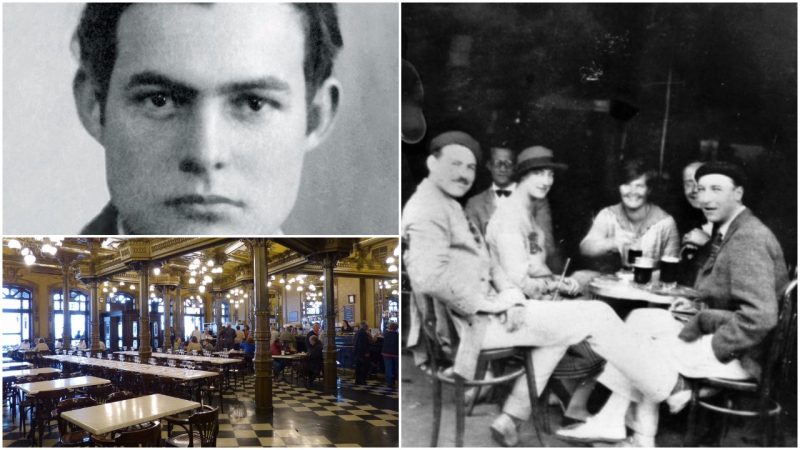The Sun Also Rises is probably Ernest Hemingway’s most autobiographical novel. Published in 1926, it captured the turmoil of life after World War I and its disastrous effects on what Gertrude Stein dubbed “the lost generation.” Moreover, it presents elements that defined Hemingway’s life as an American expatriate in Paris during the 1920s. By adding autobiographical features to his novel, Hemingway gave a tangible, realistic dimension to the plot, accurately reflecting society of the time. The novel is largely based on actual events that Hemingway experienced along with his group of friends.
The narrator is Jake Barnes, a character who resembles Hemingway as a cynical writer and World War I veteran. Barnes and his friend Robert Cohn live the Lost Generation lifestyle, drifting from one drunken escapade to another. Through Barnes, Hemingway described, in essence, his own trip to Spain. He begins the novel in Paris, providing biographical information for Mike Campbell, Brett Ashley, and Robert Cohn, all of them based on the histories of his friends Pat Guthrie, Harold Loeb, and one beguiling lady.
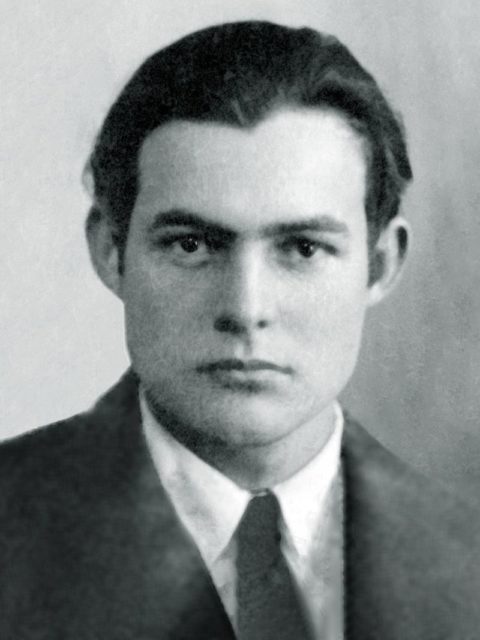
The name of the lady was Lady Duff Twysden and she was no less than Hemingway’s real-life inspiration for Lady Brett Ashley, the femme fatale of The Sun Also Rises.
Not much is known about Duff, because contrary to the clique of publicity-seeking expats who had even a slightest Hemingway connection, she left no diaries or memoirs. The little of what is known about this tricky person has been pieced together through the writings of her contemporaries.
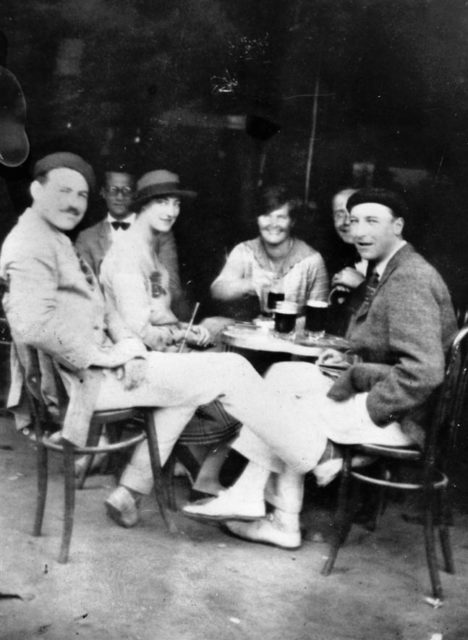
She was British and her title was acquired through a short-lived marriage. In 1925, while recovering from her bad divorce, she met Hemingway in Paris. She was described as “walking elegance” and “a stylish little creature,” even though she was already notorious for her heavy drinking and gambling. The writer Donald Ogden Stewart recalled: “We were all in love with her. It was hard not to be. She played cards so well.”
Lady Duff swept men off their feet with her alluring looks, wit, and artistic sensitivity. She addressed as “darling” each of her admirers, probably because she found it hard to remember so many names. Several writers considered her a muse for their writing, but Hemingway was the one who “materialized” his infatuation. In The Sun Also Rises, Brett and Barnes are in love with each other but can’t have a romance because an injury during the war rendered him impotent. In the novel, he functions as an arranger of her romances–and is described as functioning as her pimp in one of the story’s many tense scenes–and rescues her after she decides to leave a much-younger bullfighter she has seduced.
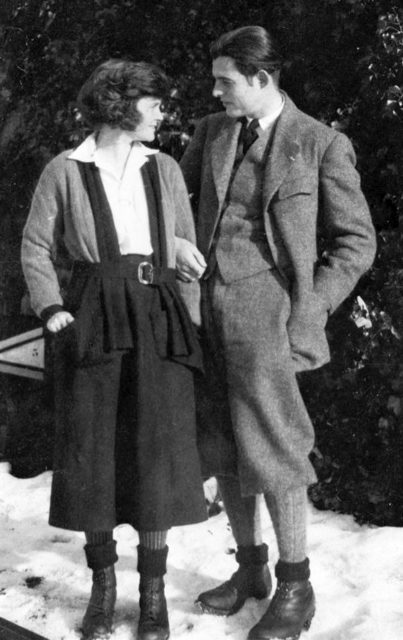
When Hemingway met Duff, he was married to Hadley Richardson, his first wife, but reportedly he was completely enchanted by her. Simultaneously, Hemingway was desperately trying to find material for his debut novel. So that summer he headed to Pamplona, Spain, seeking inspiration. He was amply rewarded when Lady Duff joined him with not one but two of her lovers. He instantly had the perfect anti-heroine, provoking much bacchanalian jealousy and endless drama.
The story goes that one day, when Duff came to lunch with a black eye and bruises earned in a scrap with her lover Pat Guthrie, Hemingway became so enraged that he got into a fight with her other lover, Harold Loeb. Duff drove mad herself, Hemingway, and everyone else around her. Hemingway saw the basis for his new story. Every bit of insult or unrequited longing became serious material for the novel The Sun Also Rises, which he began once Hemingway left Pamplona and he finished in just six weeks.
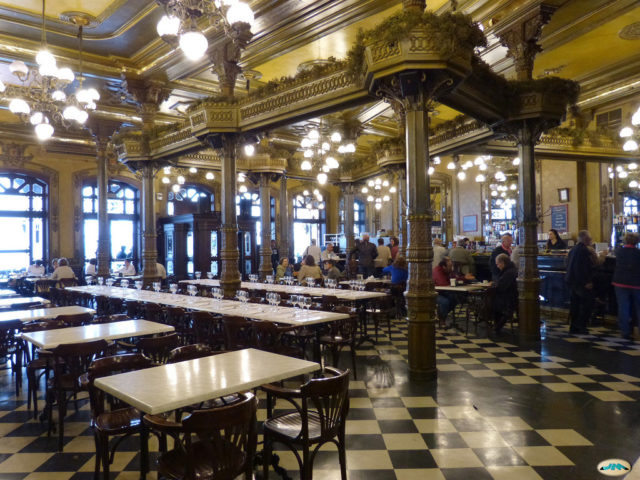
Soon after the release of the book, Brett Ashley became a lifestyle icon to women who enjoyed living in the fast lane. The expat writer Malcolm Cowley stated that: “Young women of good families took a succession of lovers in the same heartbroken fashion as the heroine.”
Very little about Lady Brett Ashley was fictional, as Hemingway used Lady Duff’s background in detail, from her failed marriage to her heavy drinking to her physicality, particularly her boyish “Eton crop” haircut.
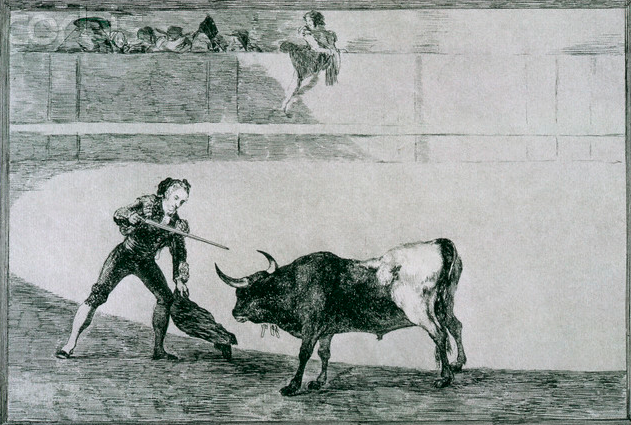
The lady herself was not flattered. Reportedly, Lady Duff was appalled by the portrait, calling the novel “cruel,” “cheap reporting,” and “a nasty trick” played by Hemingway on her and the others. According to her, she and the other people whose lives were co-opted for the dramatic purposes of the book became estranged for a period before and after the book was published.
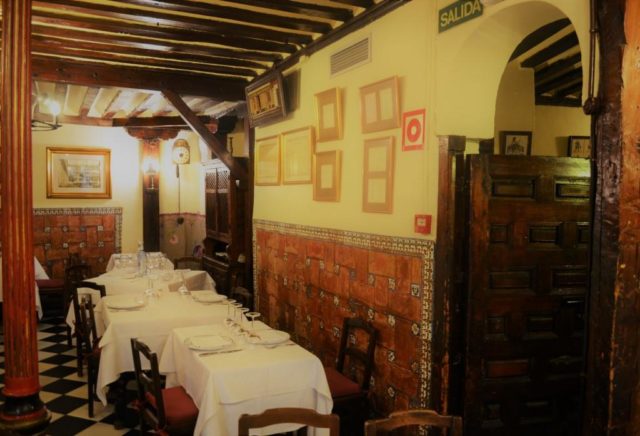
A little over a decade after the novel was published, Lady Duff Twysden died from tuberculosis, at the age of 46. She died in the arms of her second husband, Clinton King, with whom she was happily married and lived in Santa Fe, New Mexico.
When Hemingway heard the news of her death, he told his friend A. E. Hotchner: “Brett died in New Mexico. Call her Lady Duff Twysden, if you like, but I can only think of her as Brett.”
